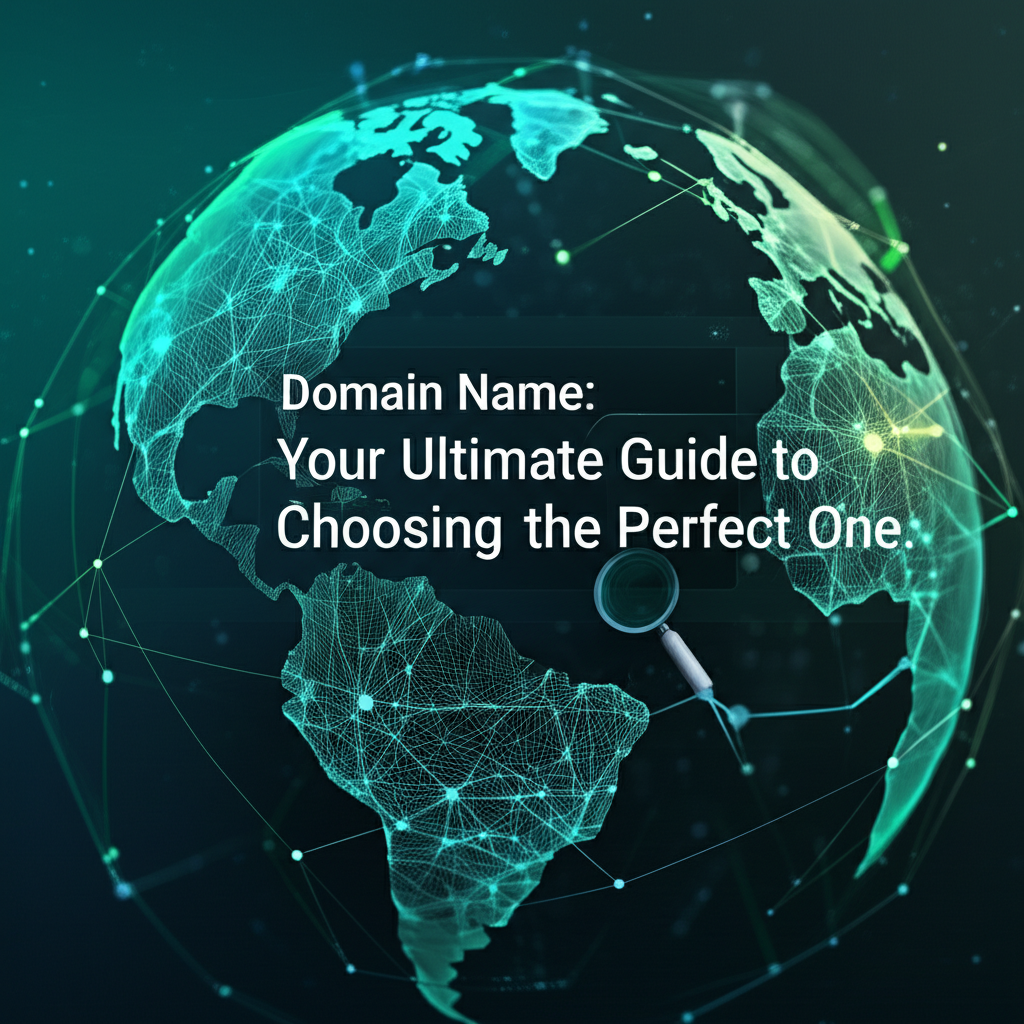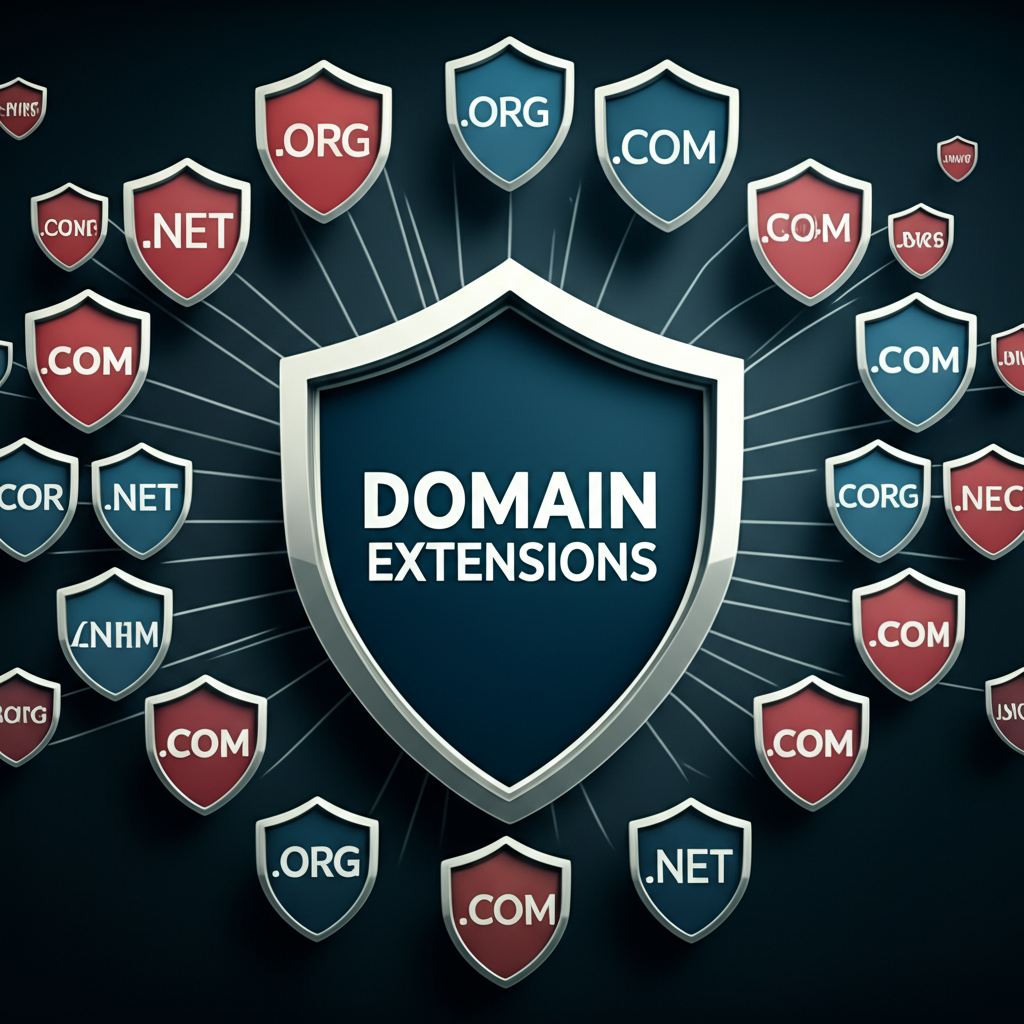- Understanding the Importance of Multiple Domain Extensions
- Must-Have Domain Extensions for Comprehensive Brand Protection
- .COM – The Gold Standard
- .NET – A Reliable Alternative
- .ORG – For Non-Profits and Organizations
- Beyond the Basics: Geo-Targeting and Niche Extensions
- Geo-Targeting with Country Code Top-Level Domains (ccTLDs)
- Exploring Niche Domain Extensions
- Domain Extensions and SEO Benefits
- Implementing Your Multi-Domain Strategy
- Protecting Your Brand: A Necessary Investment
Domain Extensions: Protect Your Brand With Multiple (Must-Have)
Domain extensions are a critical aspect of your online presence, impacting brand recognition, SEO, and overall digital strategy. Choosing the right extension is the first step, but securing multiple domain extensions can significantly bolster your brand protection and online reach. This article will delve into the “must-have” domain extensions and explain why diversifying your portfolio is no longer just a good idea—it’s essential.
Understanding the Importance of Multiple Domain Extensions

In today’s competitive digital landscape, owning just one domain name leaves your brand vulnerable. Competitors or cybersquatters could register similar domain names, potentially diverting traffic, damaging your reputation, or even profiting from your brand’s recognition. Securing multiple extensions provides a protective shield around your brand, mitigating these risks.
Must-Have Domain Extensions for Comprehensive Brand Protection
While the appropriate extensions will vary depending on your specific business and target audience, some are considered essential for most organizations.
.COM – The Gold Standard
The .com extension remains the most recognized and trusted globally. It’s often the first choice for users when typing a website address, making it a crucial asset for any brand. If your brand name is available as a .com, securing it is paramount.
.NET – A Reliable Alternative
While .com should be your primary goal, .net serves as a strong alternative. Originally intended for network providers, it’s now widely accepted and often used when the .com version is unavailable. Owning both .com and .net provides a solid foundation.
.ORG – For Non-Profits and Organizations
If your organization operates in the non-profit sector, .org is the most relevant and recognizable extension. Even for-profit businesses can benefit from securing a .org domain, particularly if they have a related non-profit arm or community outreach program.
Beyond the Basics: Geo-Targeting and Niche Extensions
Beyond the core extensions, consider strategic expansion into geo-targeting and niche extensions.
Geo-Targeting with Country Code Top-Level Domains (ccTLDs)
If your business caters to a specific geographic region, using ccTLDs like .co.uk (United Kingdom), .ca (Canada), or .de (Germany) can significantly improve local SEO and demonstrate a commitment to your target market. It also builds trust and makes it easier for local customers to find you.
Exploring Niche Domain Extensions
The rise of niche domain extensions like .tech, .shop, .io, and .app provides opportunities for businesses to further define their online presence and showcase their specific offerings. For example, a tech startup would benefit from a .tech domain, while an e-commerce business might prefer .shop.
Domain Extensions and SEO Benefits
While having multiple domain extensions doesn’t directly boost your primary domain’s ranking, it contributes indirectly to a stronger online presence by:
Reducing Backlink Dilution: By redirecting traffic from secondary domains to your primary website, you consolidate your backlink profile, strengthening the authority of your main domain.
Preventing Negative SEO: Competitors sometimes build low-quality links to similar domains to negatively impact your SEO. Owning these variations allows you to control the inbound links and neutralize such tactics.
Improving Brand Visibility: Multiple domain extensions increase your brand’s visibility online. Even if users mistakenly type a different extension, they’ll still be redirected to your website, enhancing user experience and brand recall.
Implementing Your Multi-Domain Strategy
Once you’ve identified the must-have domain extensions for your brand, follow these steps to implement your strategy:
Availability Check and Registration: Utilize domain registrars to check the availability of your desired extensions and register them promptly.
301 Redirects: Implement 301 redirects from all secondary domains to your primary website. This ensures users are seamlessly directed to the correct location and consolidates your SEO efforts.
Domain Management: Use a reliable domain management platform to keep track of your domain portfolio, renewal dates, and other essential information.
Protecting Your Brand: A Necessary Investment
Investing in multiple domain extensions is a proactive strategy that protects your brand, expands your online reach, and strengthens your overall digital presence. It’s a crucial step in building a resilient and future-proof brand in today’s competitive online environment. While securing the .com remains paramount, diversifying your domain portfolio with .net, relevant ccTLDs, and niche extensions provides a comprehensive defense against online threats and positions your brand for long-term success. Don’t just build a website, build a fortified online presence.















Leave a Reply